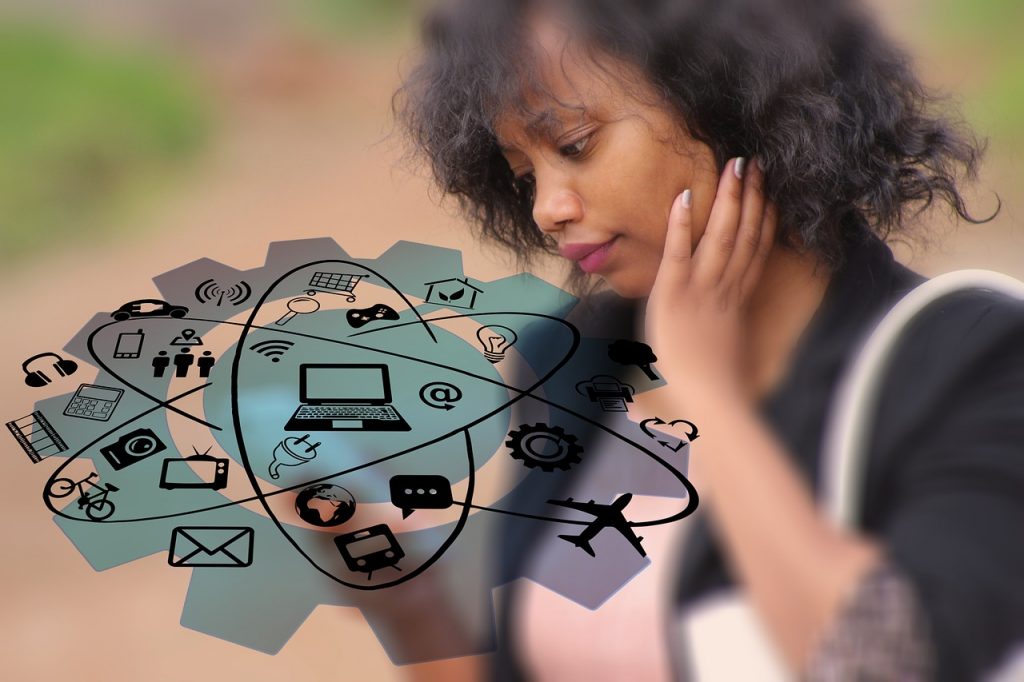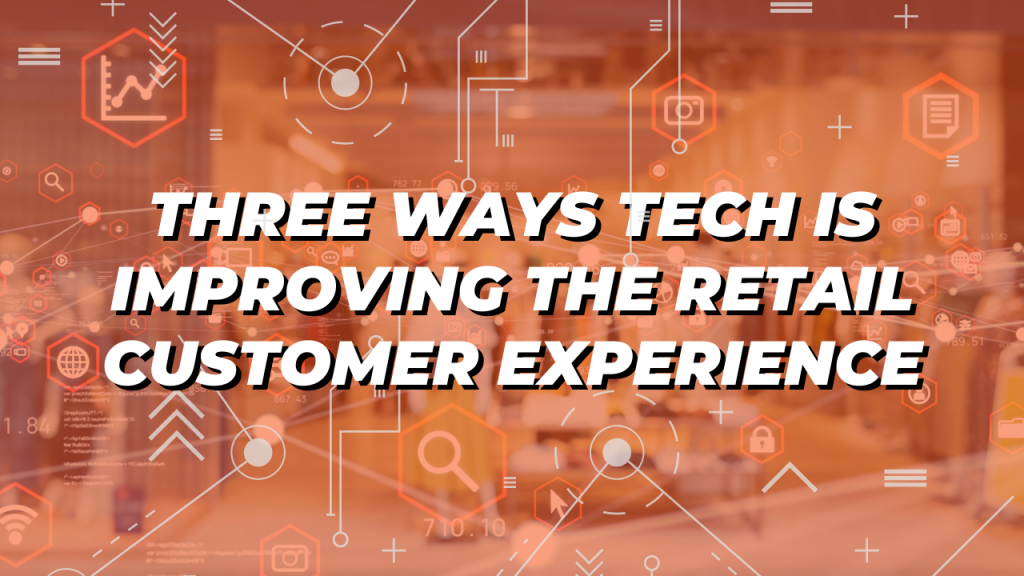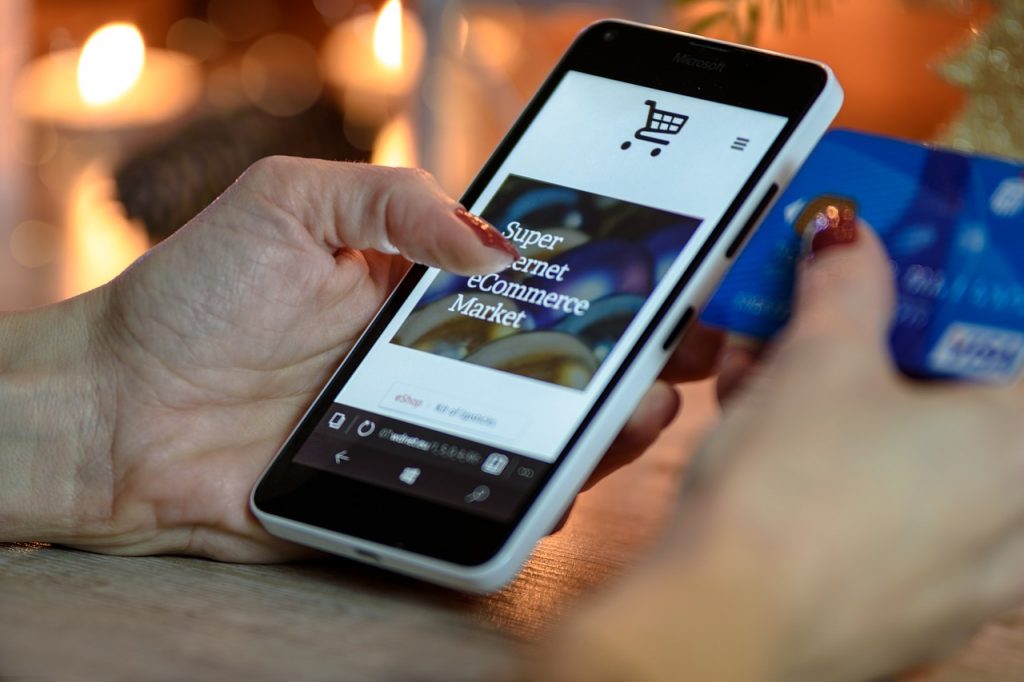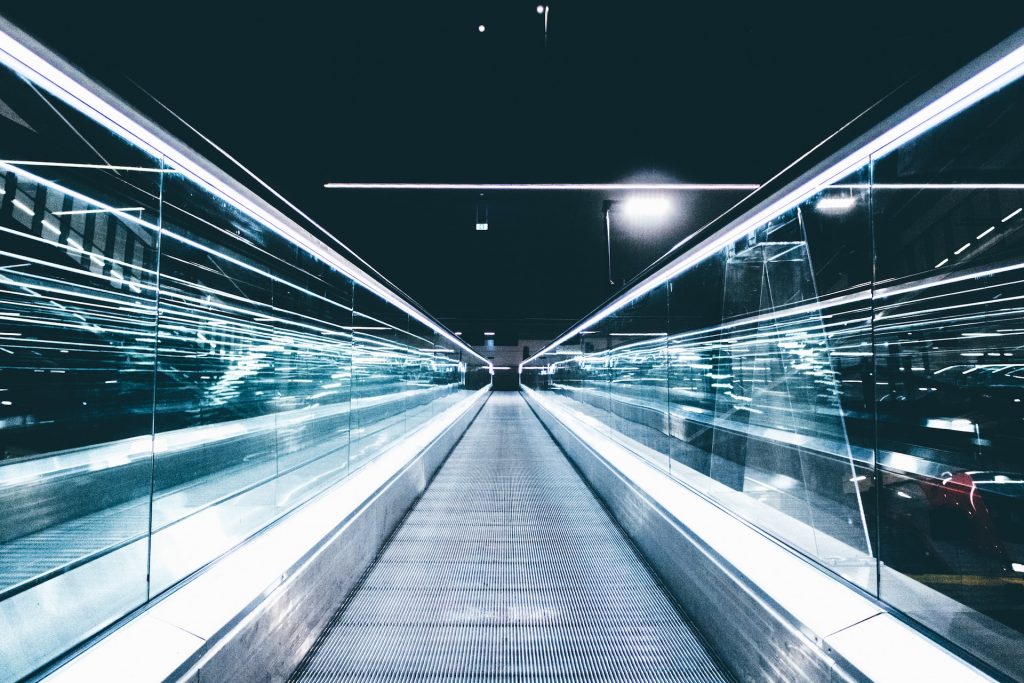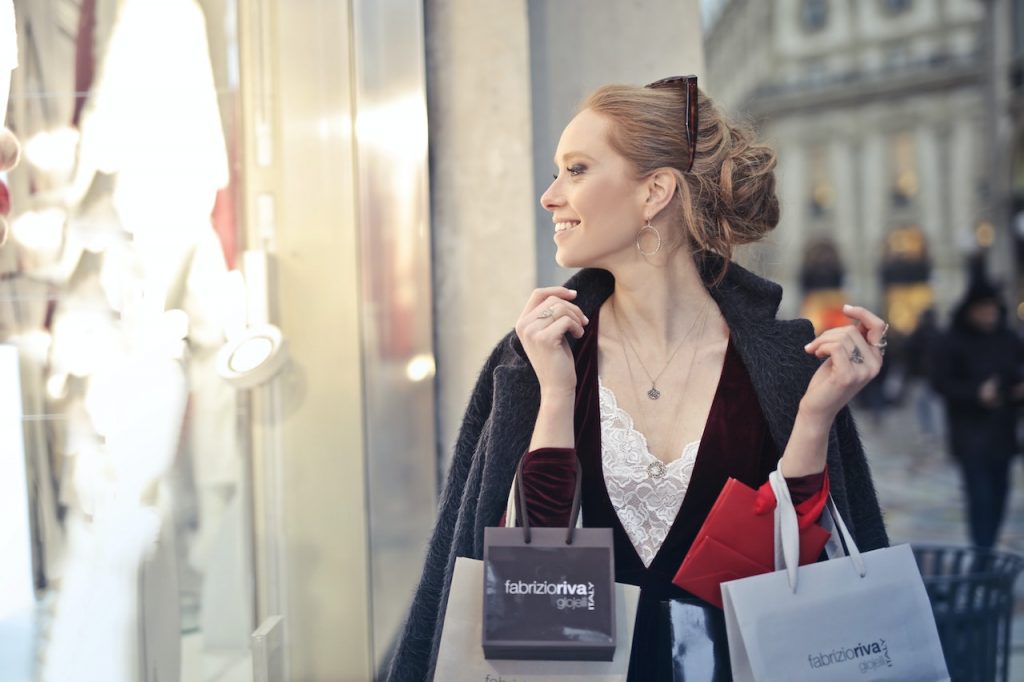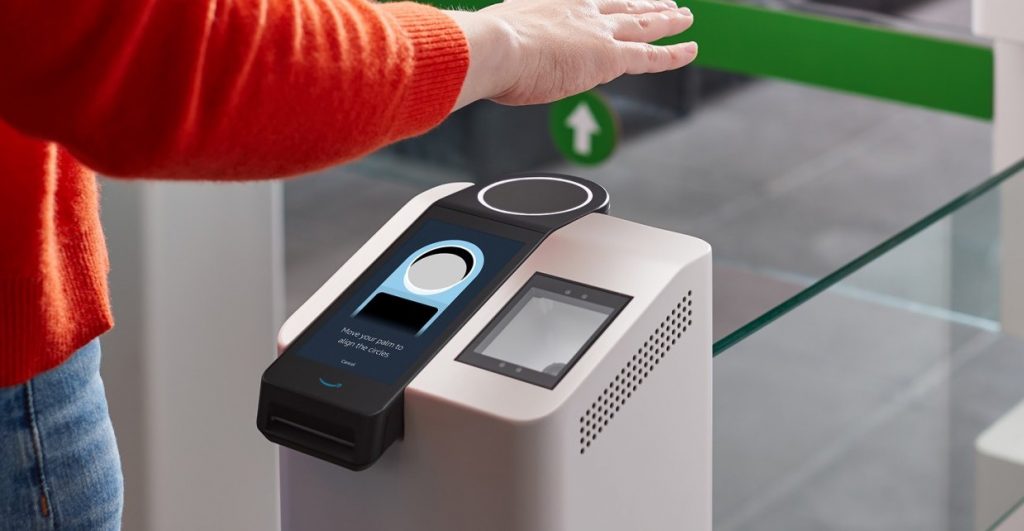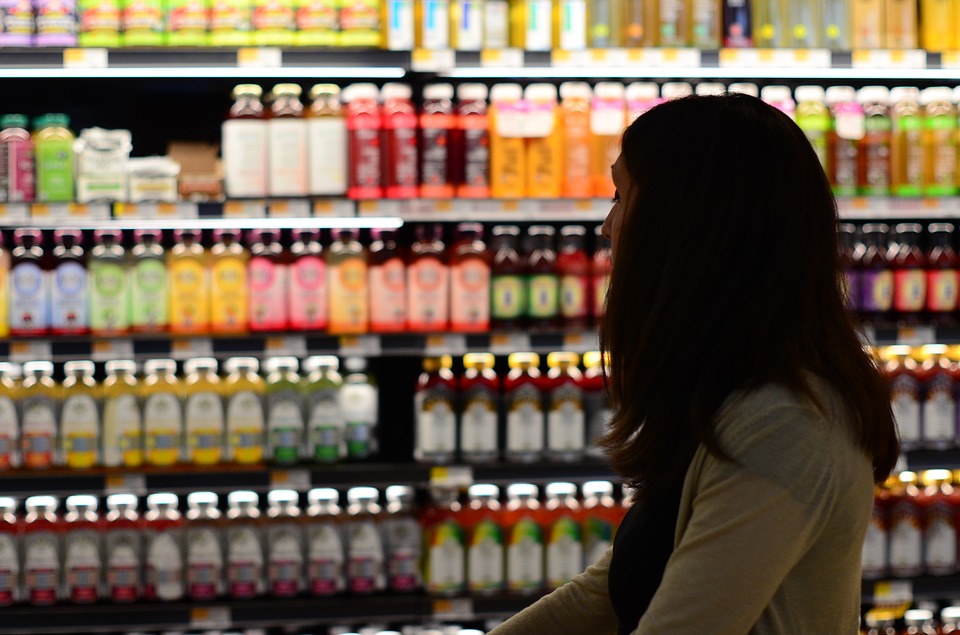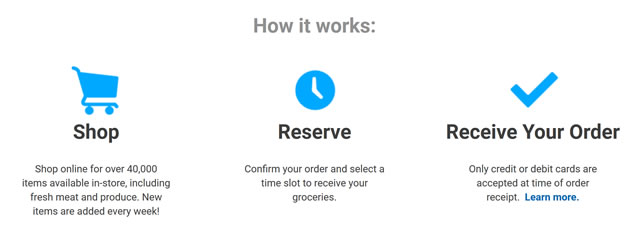Online orders are increasingly fulfilled through stores, making retailers much more efficient and competitive
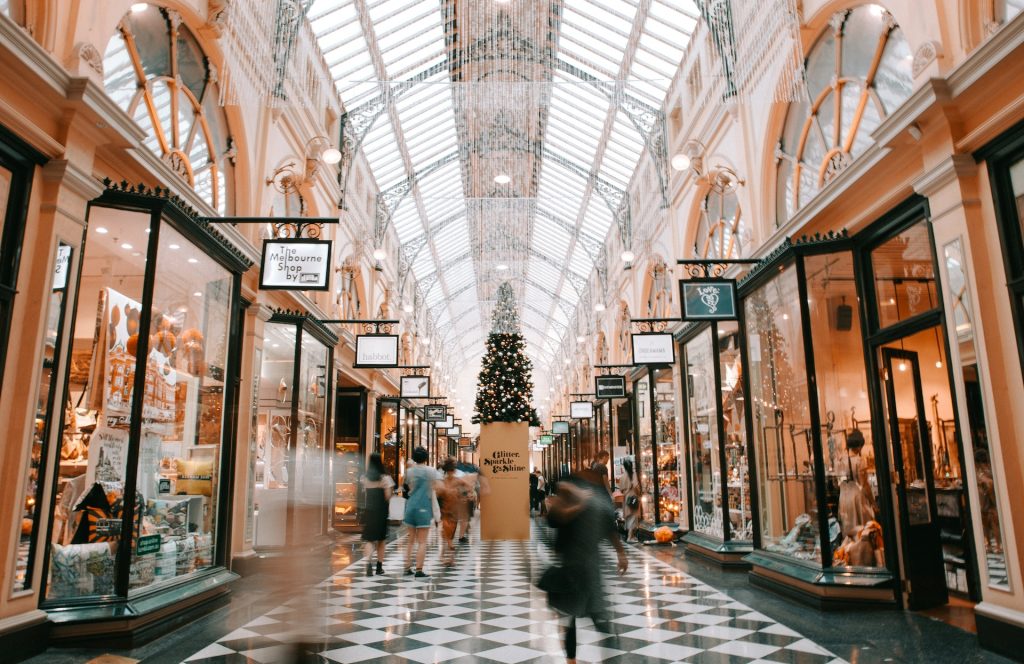
GUEST POST from Howard Tiersky
I’ve worked with a lot of online retailers over the years, and a frequent question I’ve received is, “When you have physical stores and you also have an online presence, where should you be shipping goods from?”
In the early days, a lot of retailers were trying to ship from their stores because that’s where the merchandise was.
Further, these retailers didn’t necessarily have the infrastructure or process in their warehouses to ship directly to the consumer. Their warehouses were just for shipping goods to the store.
But when e-commerce started to take off in a major way and orders jumped, those retailers that we’d think of as traditional large brick and mortar stores started to do the vast majority of their e-commerce shipping from centralized distribution centers, so much so that some actually had quite different inventory from their stores.
As a result, there was a period where chains were shipping from centralized distribution centers for the most part.
In some cases, these chains didn’t even expose you to what was available in the store when ordering online.
BUY ONLINE, PICK UP IN THE STORE
After that, retailers started trying to show us alternatives.
“Buy online, pick up in the store” became increasingly prevalent, with retailers creating more integrated systems that allow us to see the online merchandise that may not be available in the store, as well as the store merchandise that might not be available online.
Some of the merchandise was available in both places, and you could at least see the full universe through these systems.
You would know if an item was carried in the retailers’ stores, then you could find out if your local store had it, buy it online, and arrange to pick it up there.
Once retailers got to that point, it became more and more logical to have the store ship at least some merchandise out, as they did in the early days.
And today, we’re seeing even more shipping from stores because e-commerce orders that are “order online, pick up in the store” have risen substantially with Covid.
With more and more orders being fulfilled this way, it’s imperative that stores are able to handle e-commerce effectively.
NEWFOUND ADVANTAGE
In fact, Best Buy reported recently that 60% of their e-commerce orders are either buy online, pick up in store or buy online, pick up curbside.
More than half of their online orders are not only being fulfilled through the store, but they’re actually being physically picked up at the store.
As physical retailers continue their effort to compete with Amazon, they realize that one of the assets that they have that Amazon does not have at that scale is a physical store location.
It makes sense to use this shift as an opportunity to either make it convenient to pick up items that are ordered online or even start to use stores as distribution hubs to permit faster delivery for items that are ordered to the home.
In their recent announcement, Best Buy also reported that of their thousand stores, they have designated 250 of them as distribution hubs.
This means that they will be using those stores not only as physical showrooms but also as fulfillment centers for e-commerce orders.
So if you order something on the Best Buy website, it’s increasingly likely to come from the back room of your local Best Buy.
DISRUPTIVE CHANGE
This shift is interesting because it’s not just Best Buy—we’re seeing it across the industry.
And when you have a lot of retailers repurposing their physical locations as e-commerce hubs, there are bound to be greater implications.
For one, this change is going to affect store design, as stores will need larger storage areas and shipping facilities.
As a result, the ratio of the back of the store to the front of the store will probably shift.
It may also make a shift in terms of how stores think about real estate.
A location that may not have been viable due to a lack of foot traffic may all of a sudden make sense if it’s in a convenient spot for pickup or in a central location that allows online orders to be distributed to a large geographic area.
In focusing more and more on fulfilling orders through their store locations, Best Buy may see additional, industry-specific benefits.
In the electronic space, we know that there are a lot of SKUs, and it’s hard to keep some items on stock, particularly the ones that are popular.
The opportunity to leverage not only the inventory at a warehouse or distribution center but all the inventory sitting in their stores expands Best Buy’s ability to provide a great customer experience.
Today’s top retailers are making sure that if they’ve got that new iPhone, or camera lens, or obscure cable, or whatever it is that you’re looking for anywhere in their ecosystem, they are going to find a way to get it to you one way or the other.
This article originally appeared on the Howard Tiersky blog
Image Credit: Unsplash
![]() Sign up here to get Human-Centered Change & Innovation Weekly delivered to your inbox every week.
Sign up here to get Human-Centered Change & Innovation Weekly delivered to your inbox every week.
